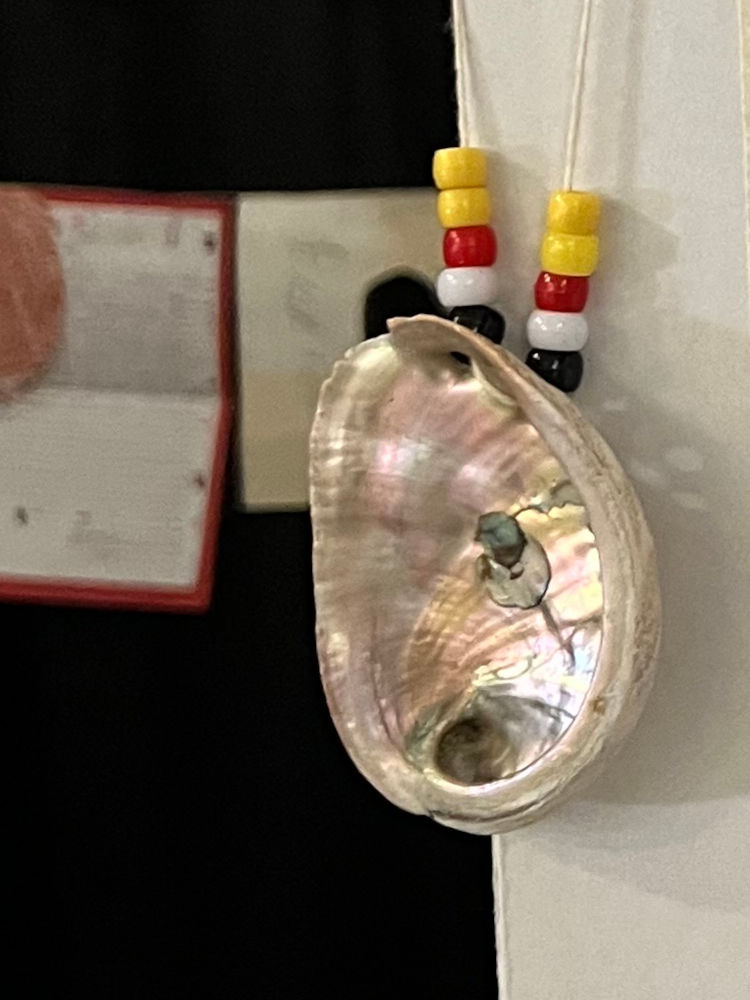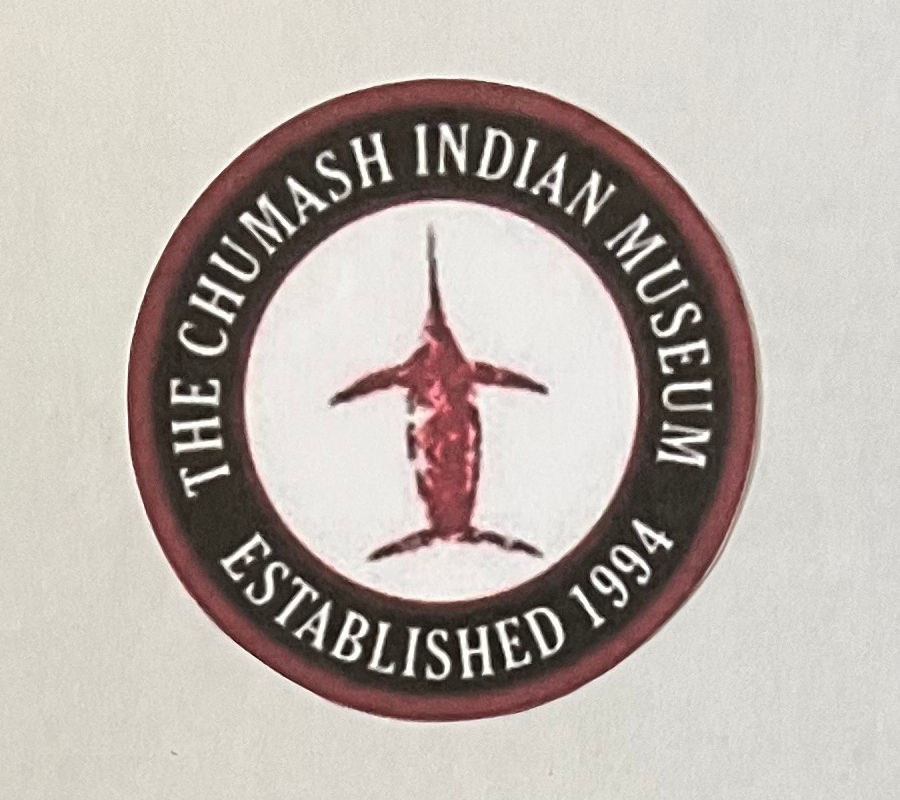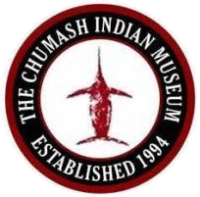Museum History:
During planning for development of the Lang Ranch Specific Plan in the 1980s, significant Chumash cultural sites were discovered and a portion of the area was preserved as Oakbrook Park, and the County of Ventura agreed to construction of the Chumash Interpretive Center.
Many people from the Chumash community worked to make the museum a reality. Paul Varela (Chumash/Tataviam/Serrano) was selected as the first museum director when the Center opened at the end of 1994. It was envisioned as a place to maintain the Chumash culture, and to teach children and others about the culture.
Oakbrook Regional Park was transferred from the County of Ventura to the Conejo Park and Recreation District (CRPD) in 2002. The Oakbrook Park Chumash Indian Corporation, a 501(c)3 non-profit organization, continues to manage and operate the museum and surrounding 25 acres of interpretive trails in cooperation with the CRPD.
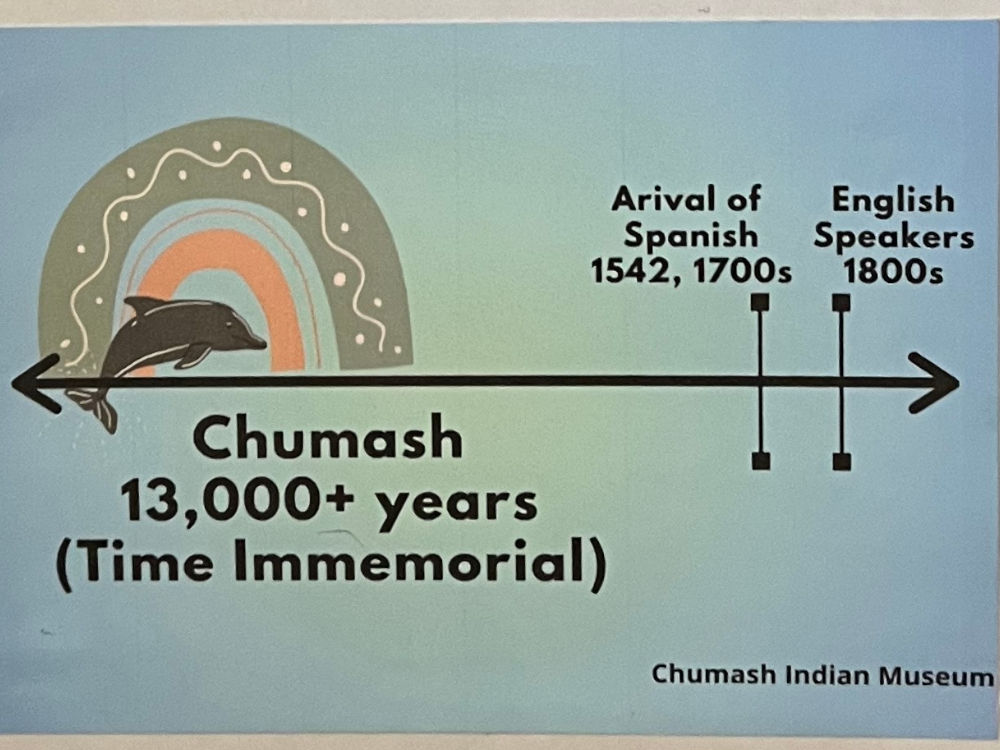
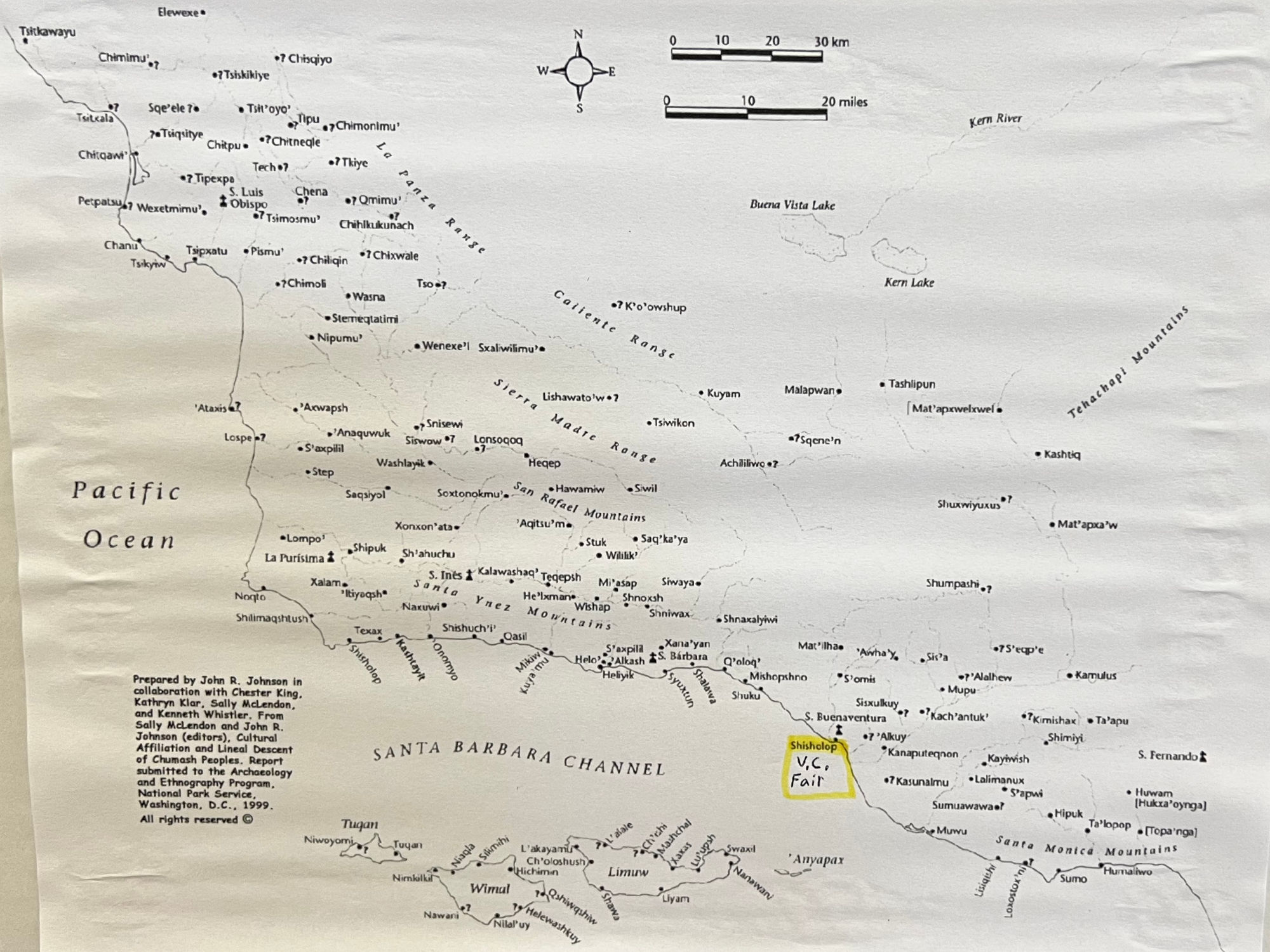
Chumash territory covers an area that stretches north to Paso Robles and south to Malibu. Traditionally Chumash people also lived on the Channel Islands and as far inland as the Cuyama area.
Archaeological evidence shows the Chumash have lived on this land for a long time, about 13,000 years, but the Chumash people say this has been their home since the beginning of time. Pre-contact Chumash were hunting, gathering, fishing and seafaring people. They gathered acorns from oak trees to make acorn cakes and porridge. They were famous for their beautiful and useful basketry. The Chumash were also known for their shell bead money, which was traded far and wide. Chumash is a name given by their neighbors and it means "shell bead maker."
There are several different Chumash bands located throughout the Chumash geographical region. Each one of them being a distinct group with both shared and unique cultural traits.
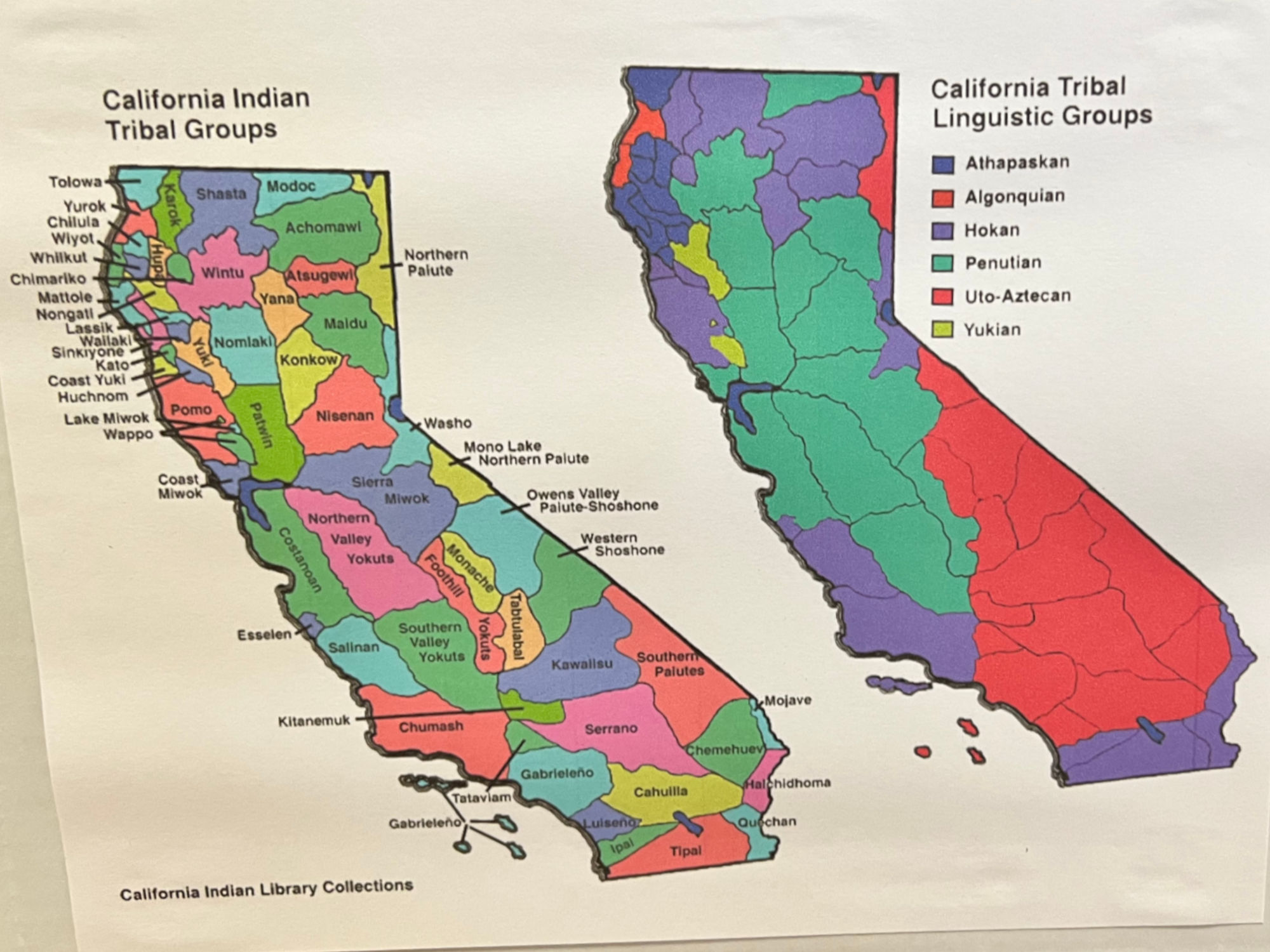
Pre-contact, 6 languages were spoken across Chumash territory and included in the Chumash language family. Today, there is a revitalization in 4 of their languages by Chumash themselves.
Today's Chumash people are reclaiming their culture in exciting new ways, like learning and teaching the Chumash languages, using native plants, keeping their basketry traditions alive, and building modern tomols and paddling them out to the islands.
Chumash museumFor the People of This Land
The Chumash Indian Museum is a historical site and living history center. This museum is dedicated to restoring and preserving an awareness of the Chumash people and their historical, cultural, material and present-day influence, as well as the natural environment and historical significance of this site. Through exhibits, events, and educational programs, the Chumash Indian Museum serves as a gathering place for a partnership with the native and non-native communities connecting the past with the present to continue our shared future.
Chumash museumHours:
- Saturday: 10am-4pm
- Sunday: 12-4pm
